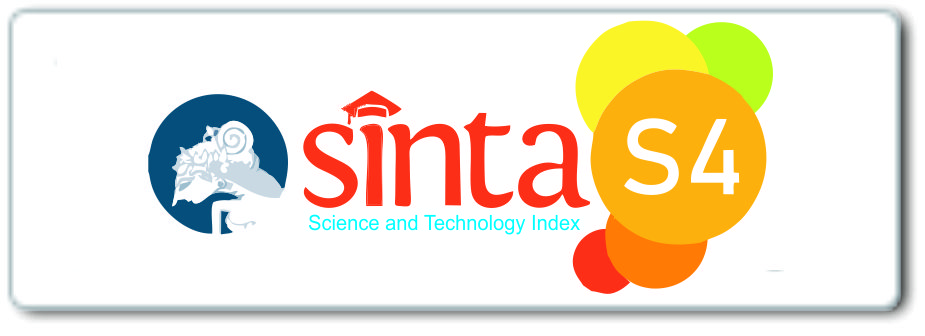EXPERIMENTAL STUDY OF BORATE-BASED GLASS MEDIUM MATERIAL AND HUTA GINJANG QUARTZ SAND THROUGH MELT-QUENCHING TECHNIQUE
DOI:
https://doi.org/10.24114/eins.v13i1.64965Abstract
This research aims to produce a glass material based on quartz sand and borate compounds that can later be applied as a host matrix of rare earth ions as optical amplifiers. The research stages began with exploring quartz sand from Huta Ginjang, cleaning, grinding using a ball-mill and mixing with several other compounds namely Boron oxide (B(2) O3), barium oxide (BaO) and sodium oxide (Na2) O. The calculation and weighing process is carried out to obtain the mass of each compound to be used. The composition of each compound is shown through the chemical formula (x)Quartz sand + (60- x)B(2)O(3)+ 10BaO + 30Na2O (where x = 0; 2.5; 5; 10; 15; 20 mol%). The next step is the melting and molding process using the melt-quenching method. Through this experiment, a homogeneous and more transparent glass medium with optimum composition for each former and modifier compound was obtained.Downloads
Published
How to Cite
Issue
Section
License
Copyright (c) 2025 Jonny Haratua Pangabean, Juniar Hutahaean, Luli Warty Sihombing, Maryati Evivani Doloksaribu, Juniastel Rajagukguk

This work is licensed under a Creative Commons Attribution-NonCommercial 4.0 International License.
Authors who publish with this journal agree to the following terms:
- Authors retain copyright and grant the journal right of first publication with the work simultaneously licensed under a Creative Commons Attribution-Non Commercial 4.0 License (CC BY-NC) that allows others to share the work with an acknowledgement of the work's authorship and initial publication in this journal for non commercial purposes.
- Authors are able to enter into separate, additional contractual arrangements for the non-exclusive distribution of the journal's published version of the work (e.g., post it to an institutional repository or publish it in a book), with an acknowledgement of its initial publication in this journal.



